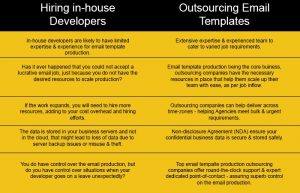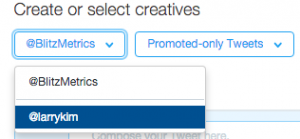Even before we could use Venmo to instantly split the check with a friend or flag an Uber ride in the time it takes to walk out the door, paper checks were already becoming obsolete. Yet businesses still rely on this inefficient, insecure, and costly payment method.
Although only 64% of accounts payable departments are satisfied with paper checks, 81% continue to use them anyway. That’s because as much as they dislike them, AP departments tend to face a number of obstacles that prevent from transitioning to automated payment methods.
AP might fear a lack of control; after all, there’s something tangibly satisfying about detaching a payment stub or physically comparing information from accounts payable and receivable systems. These concerns also extend to a general fear of the unknown: How do they know technology will actually improve the system? What if something goes wrong with the implementation or it takes more time, money, and resources than expected? Is it really worth it?
Nostalgia is another potential barrier. If it’s always been done this way, why change? The old system might be extremely manual, but some AP departments find a level of comfort in that — probably because they don’t realize how much it’s taking away from their operational efficiency.
These fears are keeping AP departments stuck in the dark ages, wading through far more operational friction than they realize. They’re also inviting a slew of compliance risks and costing the business 10 times more than if they switched to digital payments.
The True Cost of Paper Checks
It’s not just that paper checks are inefficient — though they certainly are. It typically takes two business days for a deposited check to clear and then another five business days for banks to receive the funds. That’s nearly two weeks waiting for a payment to clear.
To compound the inefficiency, checks also involve a number of variables that can impact process flow. For example, the length of time it takes a check to clear depends on the amount of the check, the bank relationship, and the standing of the payer’s account. That makes it difficult to predict the timing of fund transfers, which can strain partner relationships — especially if you’re having to contact them to correct data or are late on payments because of a lost invoice or check. This is particularly risky if your suppliers or payees are already equipped to handle e-payments and expect a faster, more streamlined process.
In addition to the cost, paper checks greatly increase fraud risk. It’s relatively easy for forgers to steal blank checks, for counterfeiters to gain access to bank account and routing numbers, and for thieves to physically alter checks. In fact, 70% of organizations reported being exposed to check fraud in 2018 because of these risks.
Making Paper Checks a Thing of the Past
Ready to ditch paper checks and make the transition into automated payments? These three steps will get you started:
1. Restructure your internal processes.
Financial processes are predictable, but manual methods don’t take advantage of that. Having in place a process flow helps you pinpoint where tasks stall and can free employees from having to manually pass on information. It also allows you to capture more financial data, which you can use down the road to support your analytics and process improvement.
Start by defining your goals, automating wherever possible. Invoicing, PO matching, and payments are great places to start. Next, plan and test your process. Once you and your team are comfortable with it, implement the process flow — including secure but lightweight approvals — and then monitor and optimize on an ongoing basis.
2. Increase financial controls.
While your AP department may at first balk at the idea of automation, it actually gives them more control and oversight. With invoicing activity so readily available, they’re more equipped to notice vendor invoicing errors or flag suspect payments that could signify fraud.
To enable these controls, work with your AP department to develop a pre-approved list of vendors and banking information. Then create user profiles to enforce separation of duties. This ensures not only that your process is efficient, but also that multiple approval processes occur before funds are dispersed. Be sure to implement other financial controls — including dollar limitations, reconciliation processes, timely review of exceptions, and frequent monitoring of cleared banking transactions (to catch unauthorized ones) — as they make sense for your company.
3. Update your tools to streamline payments.
Payment automation removes manual activities from the final step in the accounts payable process to bring the entire cycle full circle. This creates a better link between your purchase-to-pay system and your payments solution and increases your automation levels, allowing you faster cycle times, cheaper transactions, fraud prevention, reduced errors, and increased visibility. It’s not hard to see why AP automation can provide 80% efficiency gains for some businesses.
Automation can also improve your vendor relationships. Suppliers will be grateful for the streamlined nature of your processes, particularly if they’re already employing automation, and you’ll have to deal with fewer inquiries due to manual errors.
No matter how attached your AP department is to paper checks, it’s time to switch up the status quo and move to digital. Fear of change is no match for the operational efficiencies, costs savings, reduced fraud risk, and improved vendor relationships of automated payments.
If you’re ready to move away from paper checks, download my company’s Payment Method Comparison Guide to learn more about various remittance methods and prepare your accounts payable processes for the future.
Business & Finance Articles on Business 2 Community
(36)




